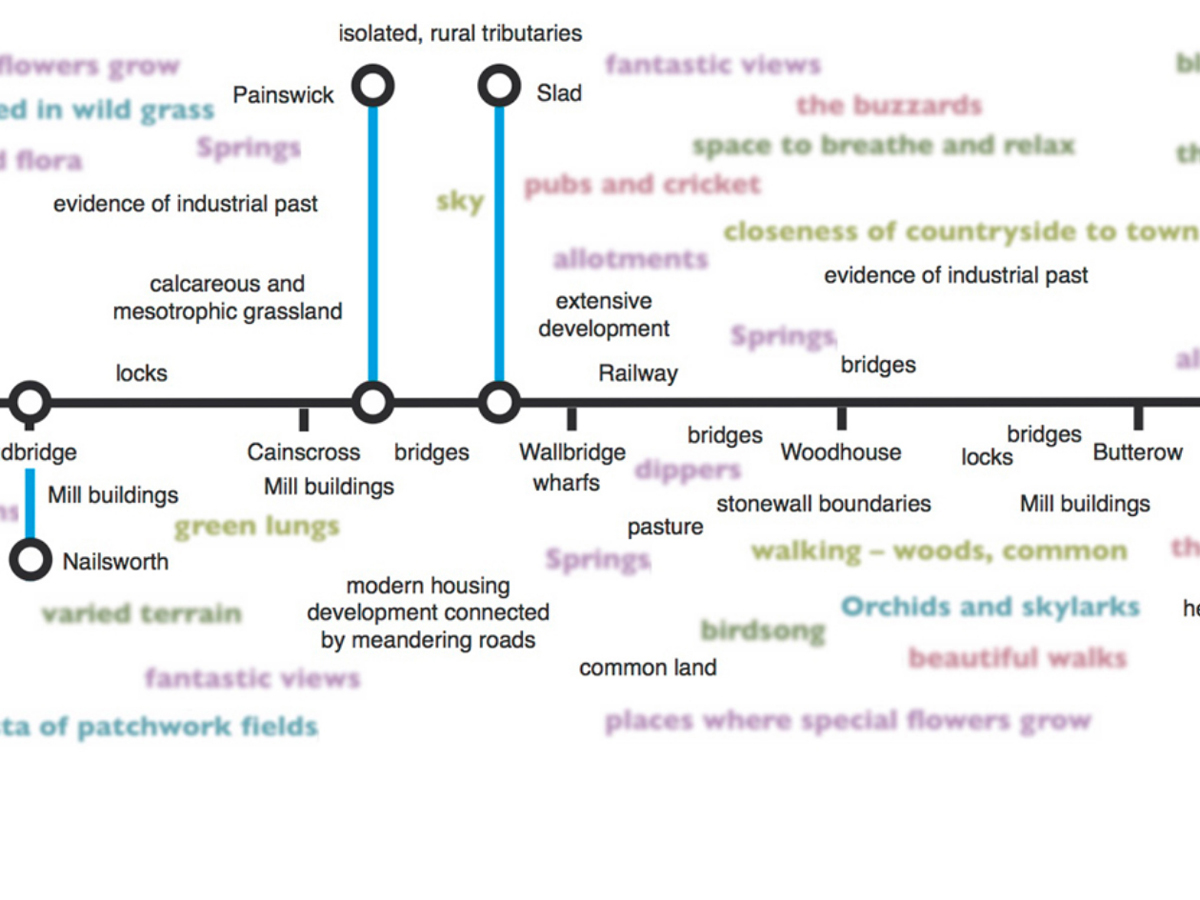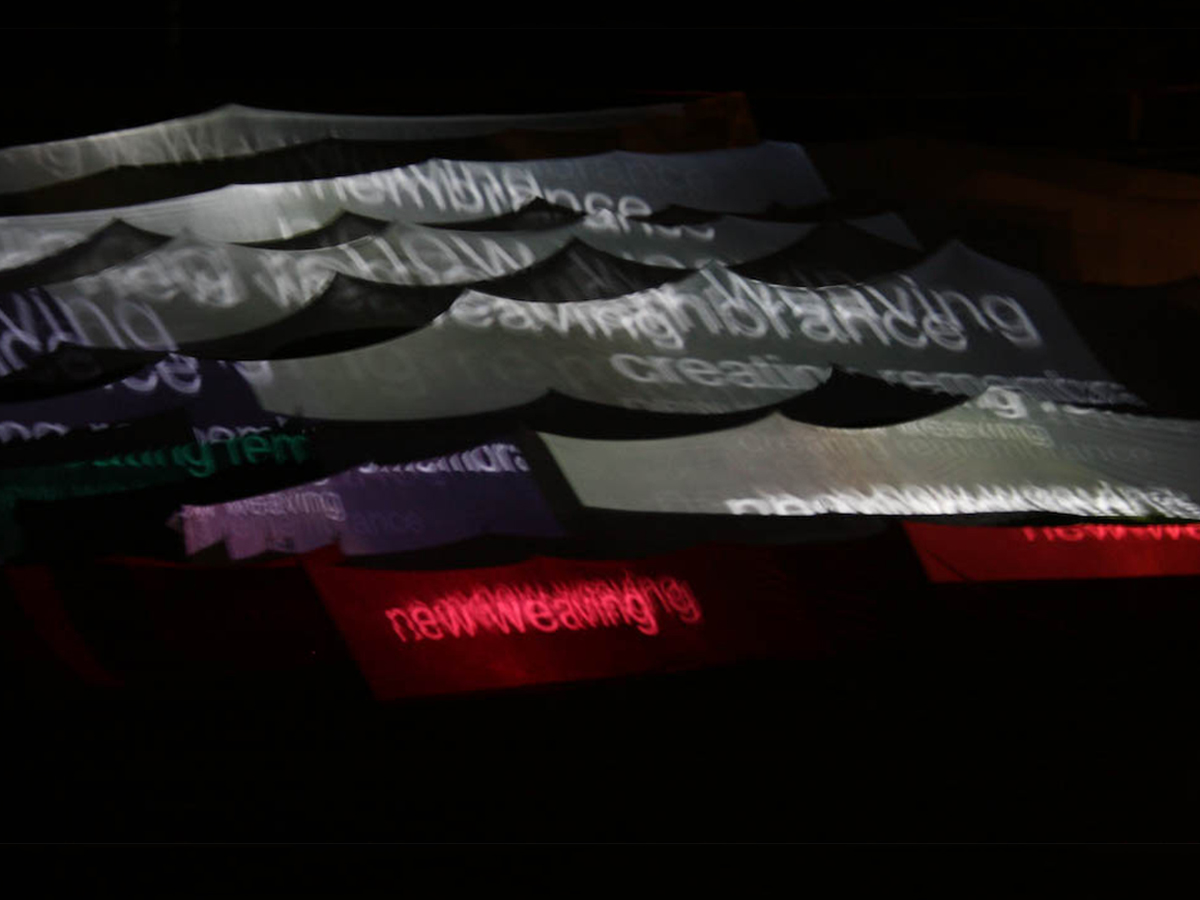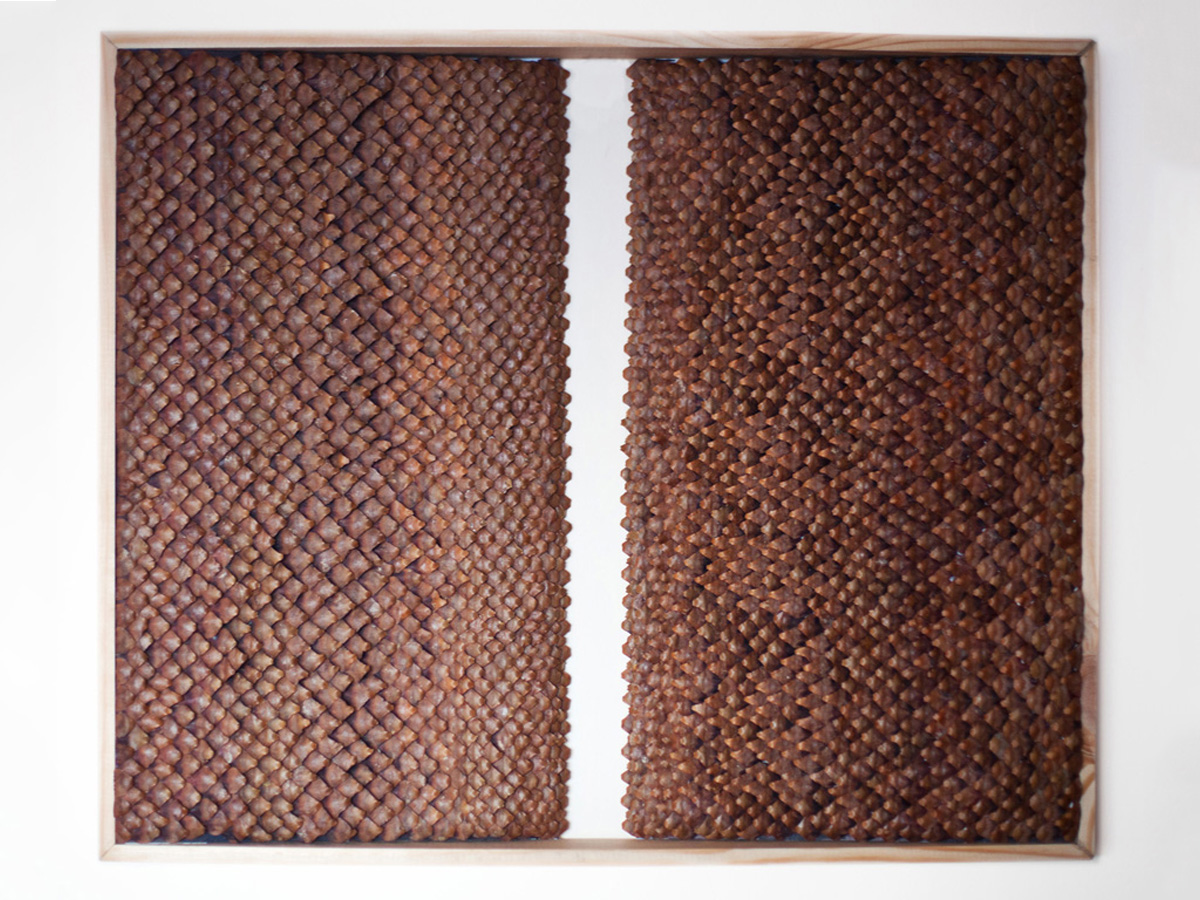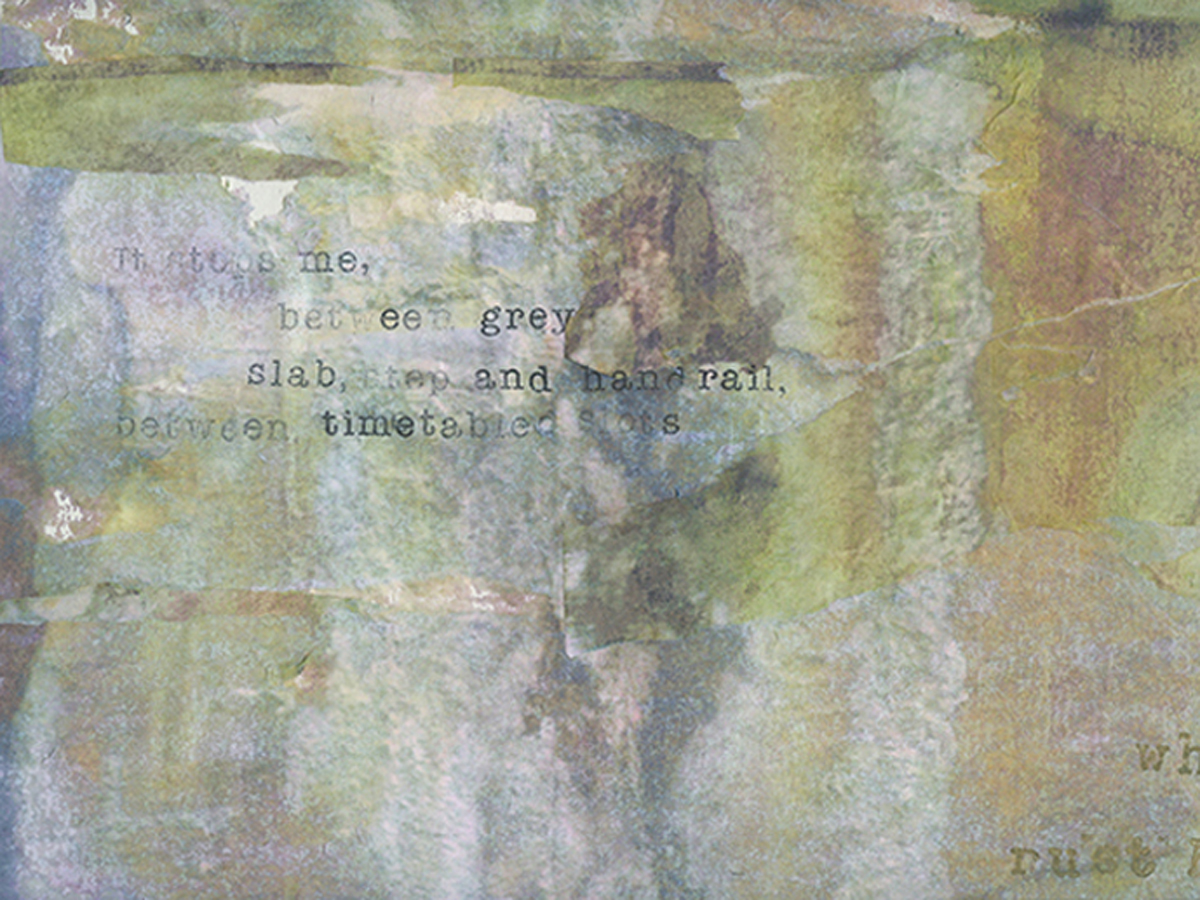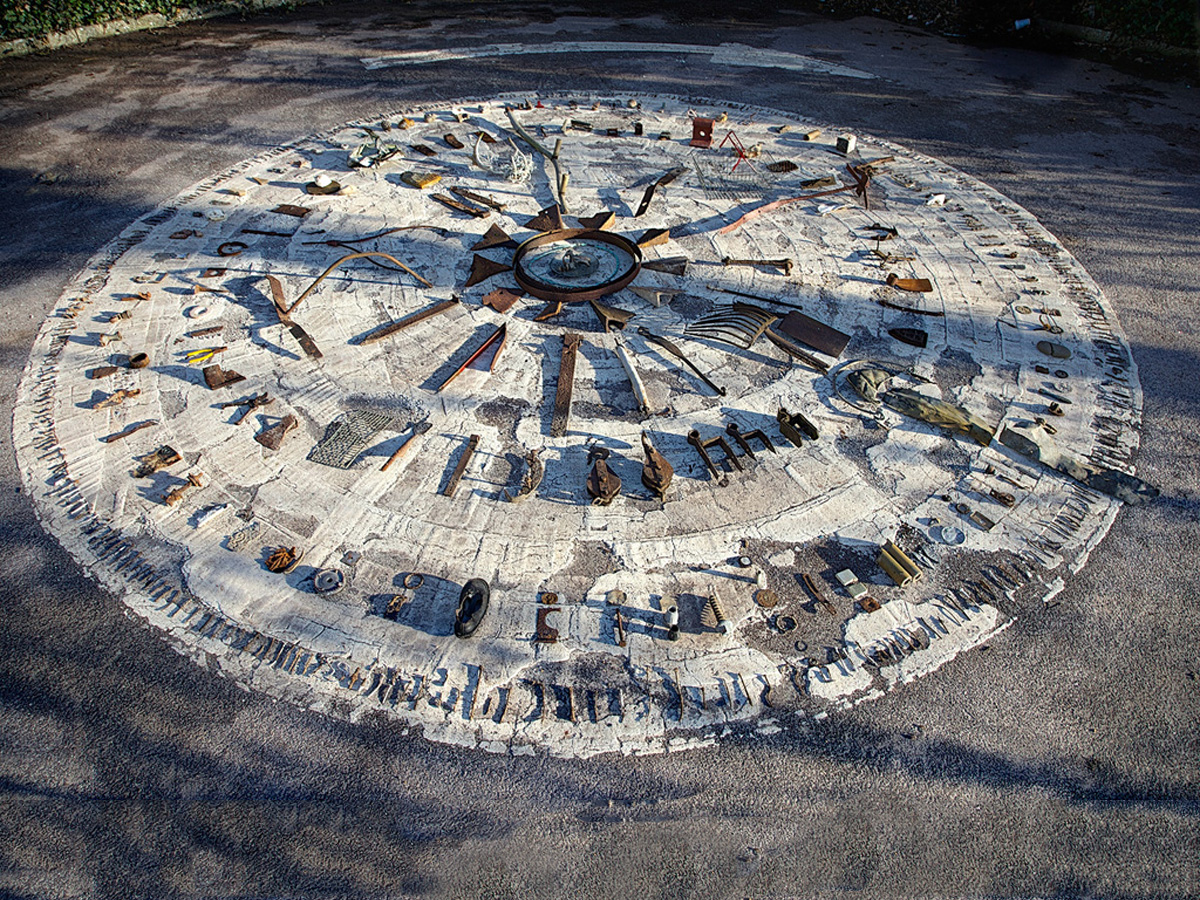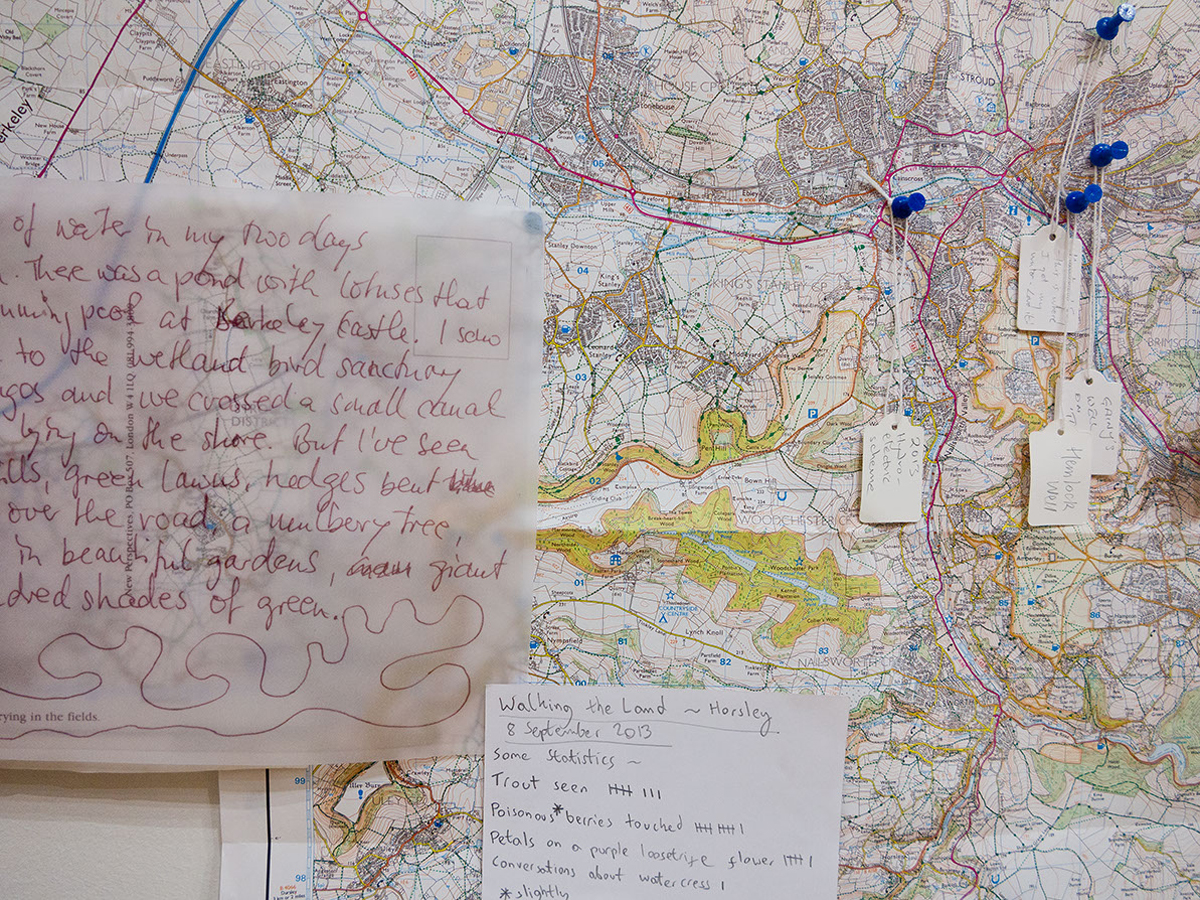Walking the Land is an artists collective that has been active in and around Gloucestershire’s Stroud Valleys since 2002 and more recently has active members from wider afield. We link landscape, community and art through projects, research, exhibitions, installations, writing and shared walks with numerous artists’, other professions and wider communities.
Upcoming Events
December 5th – First Friday Walk
Leader: Kel Portman
Destinations, Encounters and Deep Noticing
This walk is designed to be made, either in-person or remotely.
It will take you to unplanned destinations and relies on chance encounters.
It is hoped it will encourage you to observe, notice and respond to a group of serendipitous locations.
Here are guidelines that are for both remote and in-person walkers
Start time
The walk begins 13:00 GMT
End time
16:30
Stuff
Along with artists materials, notebooks etc, you’ll need to equip yourselves with a few tech-related things or alternatively be able to navigate.
1 a map (for Stroud-based walkers, this will be a map covering Brimscombe area)
either a genuine old school paper OS map of the area you plan to walk, or a downloaded copy from Geograph Map
if you have a mobile or GPS enabled tablet, with an OS app that shows 1 kilometre grid lines
2 a watch or timing device…
NB
For non-UK walkers and ‘remote’ UK walkers
Find your location on a detailed map of your area.
As accurately as you can mark out a 1km square, placing your location within it.
Method
Find your location on the map
Look for the grid square in which your location is found
Identify 3 of the 1km grid square’s corners…these are your chance destinations
Your objective is to arrive as close to the points as your environment allows.
Where possible walk only on footpaths and avoid roads
Avoid (where possible) re-tracing your footsteps
And here it begins…
-
- Make a 10 minute creative response at the start of the walk
- After 20 minutes, stop.
- Collect your thoughts and for 10 minutes, write short sentences about what you see and how you feel
- Walk for 20 minutes, stop and then for 10 minutes, create, write, paint, draw, record etc
- Repeat 2&3
- Return to your starting point.
Spend the next 10 minutes in reflecting on what you’ve experienced.
- The next day, develop your work
- Share your work with others: Please send/post/tag any images to WtL facebook or Instagram. https://walkingtheland.org.uk @walking_theland
If you would like to take part in this Stroud area walk, please email lucyguenot@googlemail.com asap to secure your place, and Lucy will send you info about when and where we are meeting & walking (map).
Jauary 28th – Last Tuesday Café : Join us for our presentation and update on our Walking in Pairs Project co-ordnated by Tamsin Grainger.
Contact wtl@walkingtheland.org.uk to receive more details nearer the time.
If you would like to receive a monthly reminder with details of upcoming Last Tuesday Café calls and First Friday Walks please contact wtl@walkingtheland.org.uk

